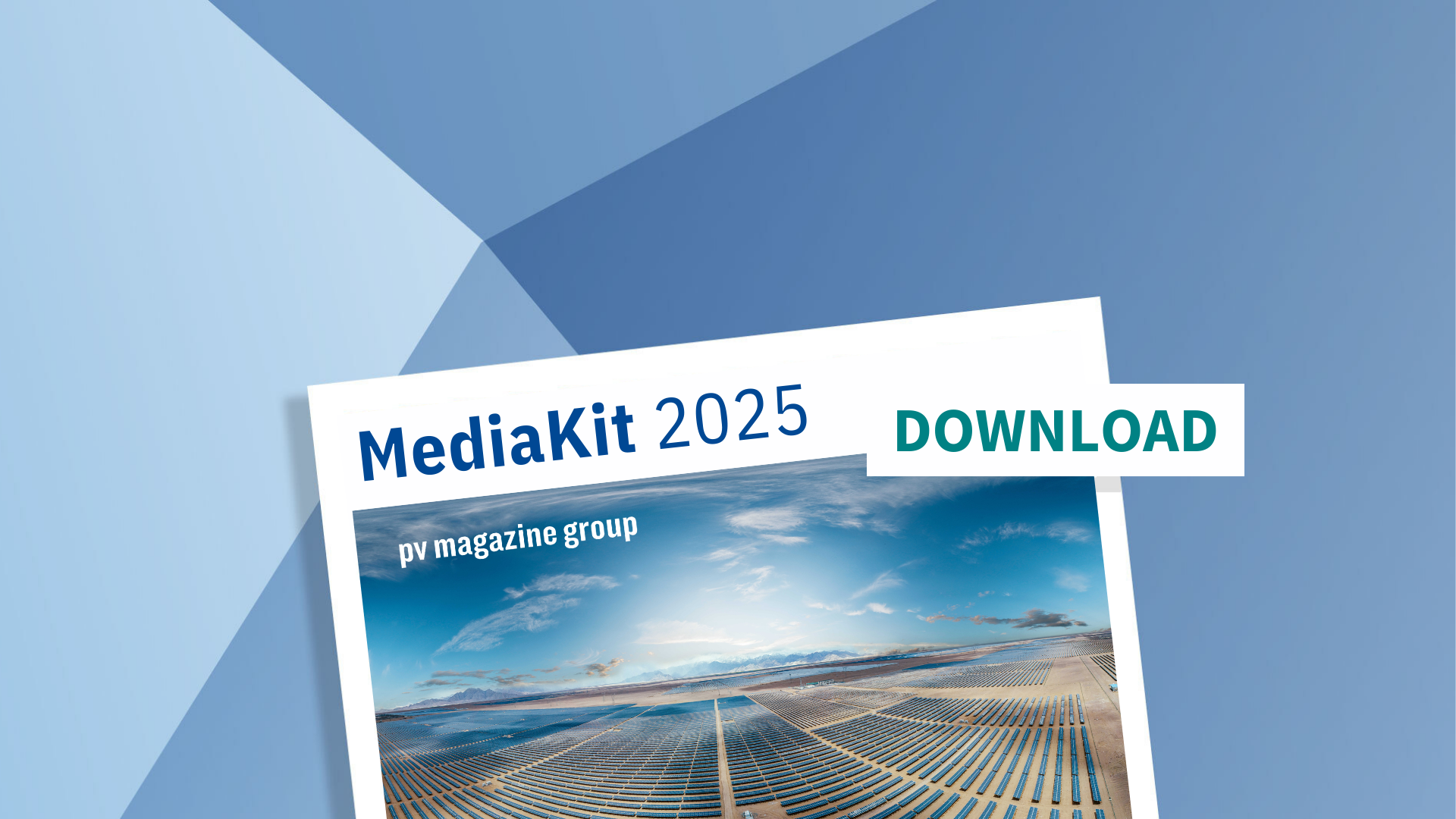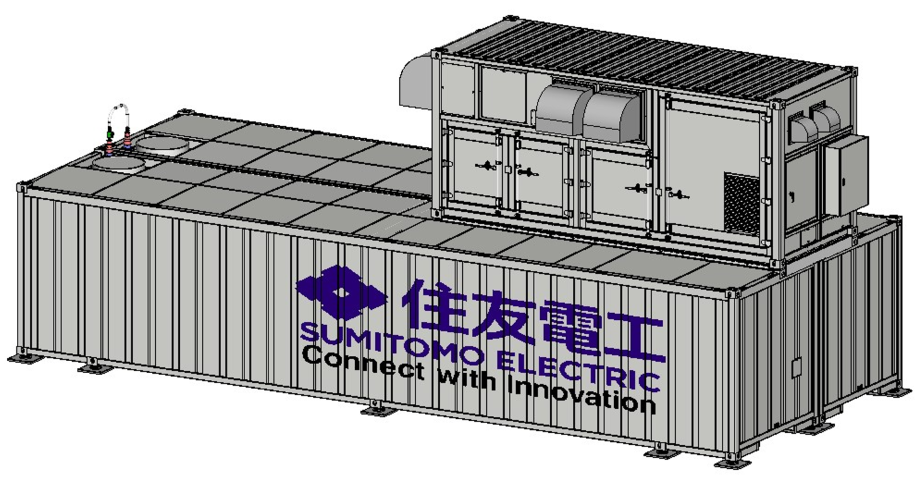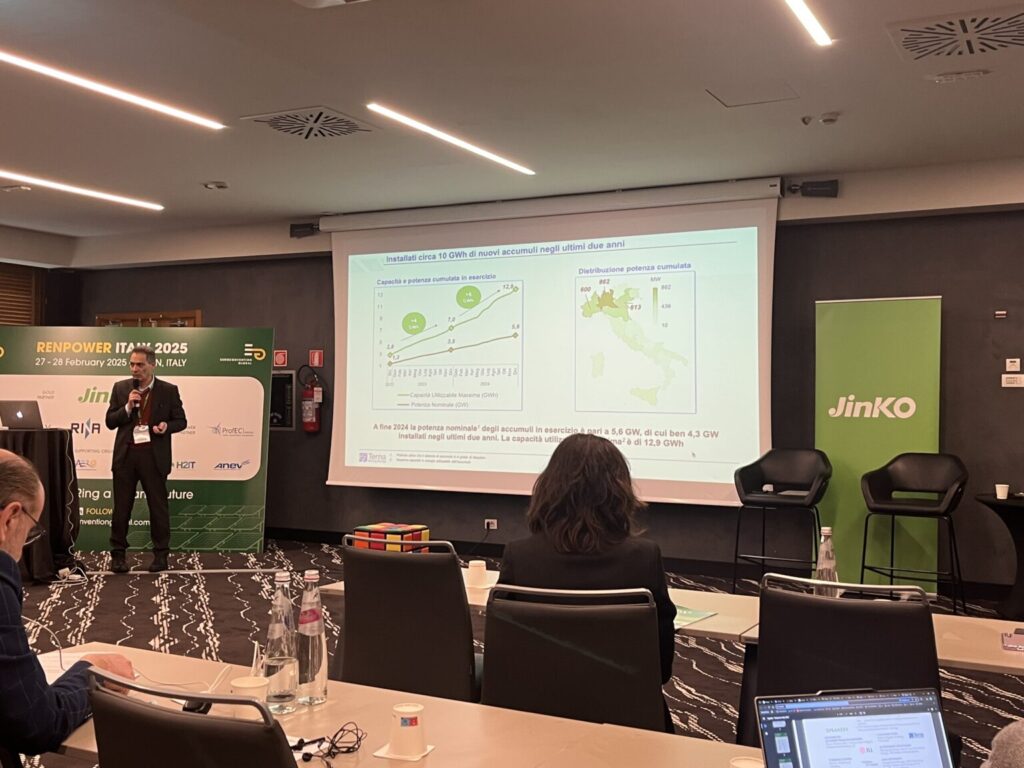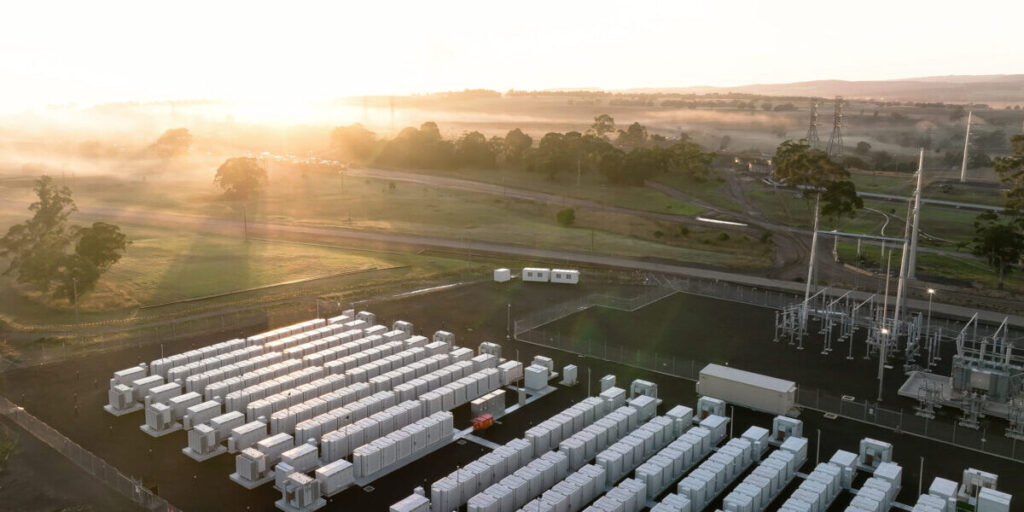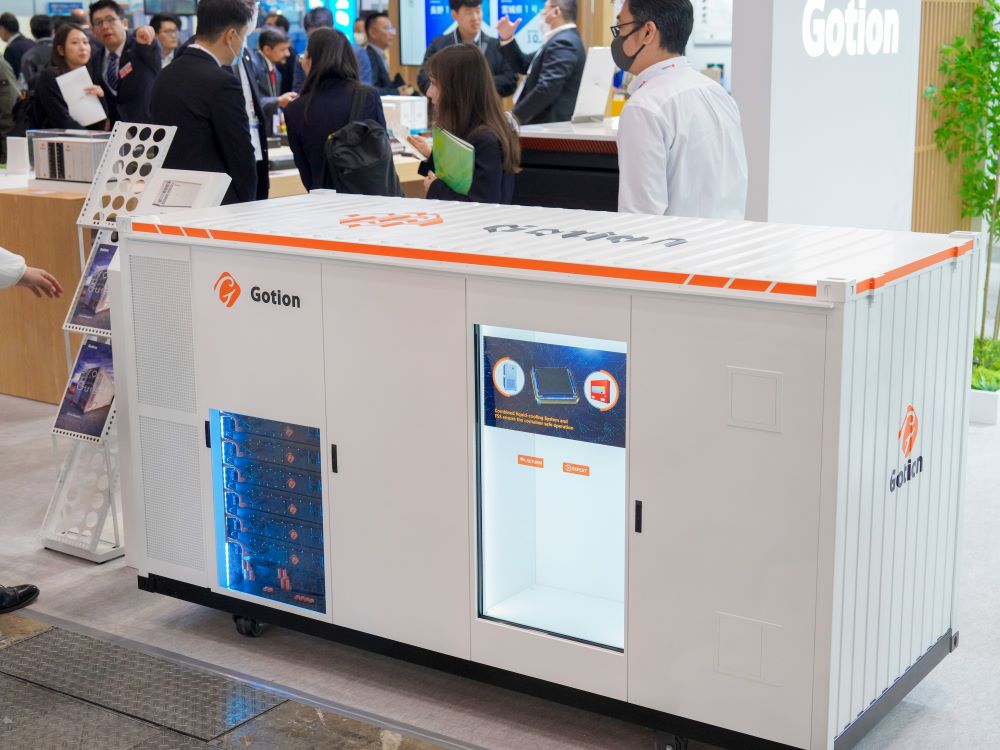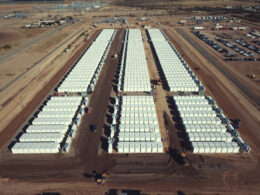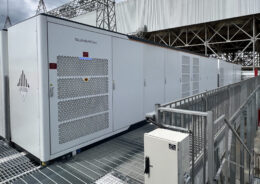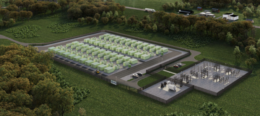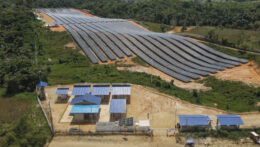Using decentralized AI for grid-friendly charging of battery storage systems
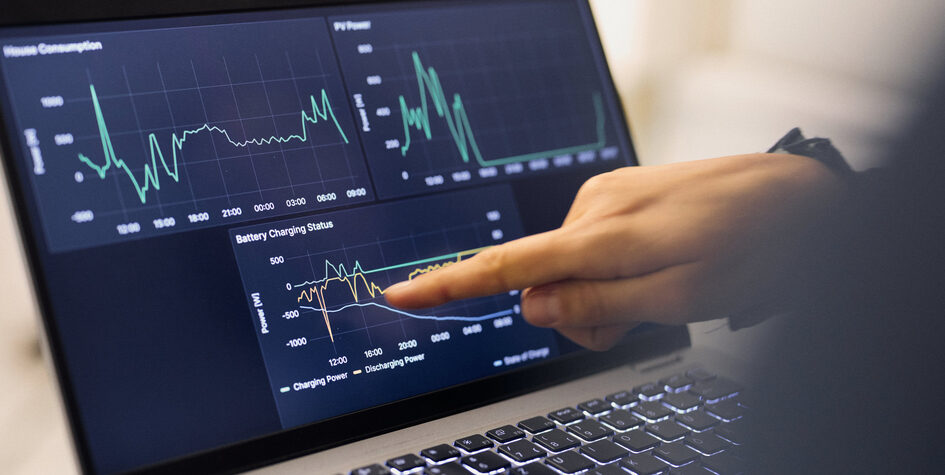
In a field test in private households, Germany’s Bielefeld University of Applied Sciences (HSBI) and the University of Bielefeld have tested how decentralized, “distributed” artificial intelligence systems can be used to safely control grid power, even when a lot of electricity from private photovoltaic systems is putting a strain on the network. The fluctuations caused by the irregular generation of renewable energy systems are repeatedly pushing the grid to the limits of its capacity.
“A photovoltaic system generates electricity depending on the weather and is, therefore, not as consistent and predictable as conventional power plants,” said Katrin Schulte, electrical engineer and power grid expert at Bielefeld University. The electricity not used in solar households is fed into the low-voltage grid to which private homes are connected. Households, however, increasingly need a lot of power, for example to charge electric cars.
“The strong fluctuations in production and consumption put a strain on the power grid,” said Schulte. “In our project, we have developed a solution to compensate for the fluctuations locally and thus be able to control the grid safely.”
The researchers tackled the problem with the help of decentralized AI. They involved France’s University of Grenoble Alps in the project with the University of Bielefeld providing the AI and its distributed use, via “so-called “edge computing.” Timon Jungh, from the University of Bielefeld, explained, “This means that the data is processed de-centrally, exactly where it is generated. It does not have to be sent to a central processing point first. This increases security and data protection and also speed.”
French industrial partner Atos Worldgrid and the Technology – Grid Digitization department of energy company Westfalen Weser Netz (WWN) helped with the field test.
WWN selected the area in Herford for the field test, which started at the beginning of 2024 under conditions which are common across Germany. In the morning, households use relatively little electricity and solar power is stored in batteries. “When the battery is full, the surplus goes into the grid,” said Schulte. “But peaks occur, especially at midday, when a particularly large amount of PV power is generated, so much surplus that the grid can hardly absorb it.”
To shift the electricity and even out grid supply, the researchers placed an edge controller in the local network station and others in the test households. They had already recorded the electricity load profile of the households over several months. “The data collected was then used to train the AI working in the edge controller,” said Jungh. In combination with predicted weather data, the AI systems could forecast solar generation and household and local grid consumption.
Each household received an individually configured edge controller, tailored to its load requirements. “The controller then controls the planned charging and discharging of the battery storage throughout the day,” said Schulte. “On a sunny day … for example, the battery storage is not fully charged immediately but there is space left for the midday peaks.” The controllers can also be used to regulate the supply of surplus solar power to neighboring households, relieving load on the power grid and enabling more solar power to be used.
More data is needed for widespread implementation of the results of the study. “This requires a variable system that can handle the different equipment in households and saves time-consuming individual coordination,” said Jungh.
Schulte added, “A business model is also needed that creates incentives for installing a battery storage system, and possibly supplying neighbors with photovoltaic electricity.”
A follow-up project has been planned.
From pv magazine Deutschland.




